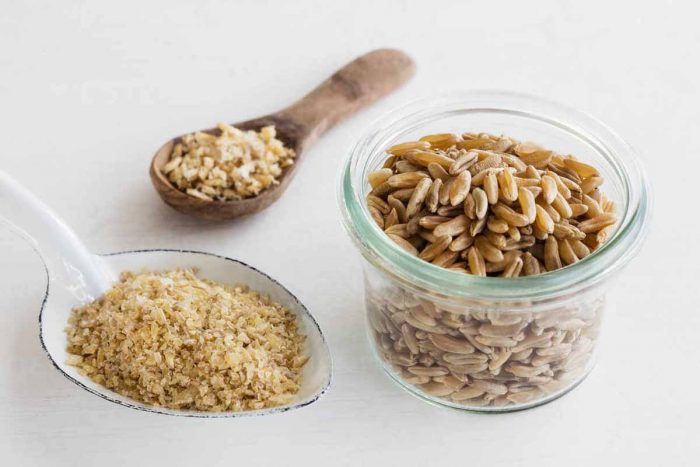Have you heard of Ancient Grains? This is a modern term created to help us distinguish authentic grains that have not been manipulated by modern agriculture as opposed to high-yield mass-produced genetically modified grains. Ancient grains contain higher amounts of amino acids, vitamins & minerals & fibre than today’s genetically modified processed grains.
The Best 5 Ancient Grains
1. Senatore Cappelli
Senatore Cappelliotherwise is known as Italian durum wheat. This large, more rigid golden wheat is ideal for whole-grain traditional Italian pasta recipes. Senatore Cappelli is the entire grain & should not be confused with common wheat used in baking bread. This wheat ancestor still contains gluten & is not recommended for coeliac or wheat sensitivity.
2. Spelt
Spelt is an ancient hulled wheat that has been a staple in parts of Europe since medieval times. Spelt was the original bread wheat until common wheat took its place in bread around 8,000 years ago. It is low in gluten & a good option for those following a low FODMAP diet.
3. Teff
Teff is naturally gluten-free grain & is a daily staple in Africa, particularly in Ethiopia, where they produce a fermented flatbread. It is a tremendous prebiotic, making it a gut-friendly grain & it is mainly made up of resistance starch, which has been shown to help balance blood sugar levels.
4. Kamut or Khorasan wheat
Kamut or Khorasan wheat originates from the Middle East. It is the sister of durum wheat & shares a similar rich golden colour. Kamut has been associated with several significant health reductions, including lowering cholesterol & blood sugar levels.
5. Quinoa
Quinoa, pronounced ‘keen wah’, is the coeliac‘s best friend. It originated in South America & was first domesticated over 3,000 years ago. This ancient grain is wildly popular in today’s society & can be found in stores already made into gluten-free pasta & bread.
Try our Versatile Roast Veg Quinoa Salad

